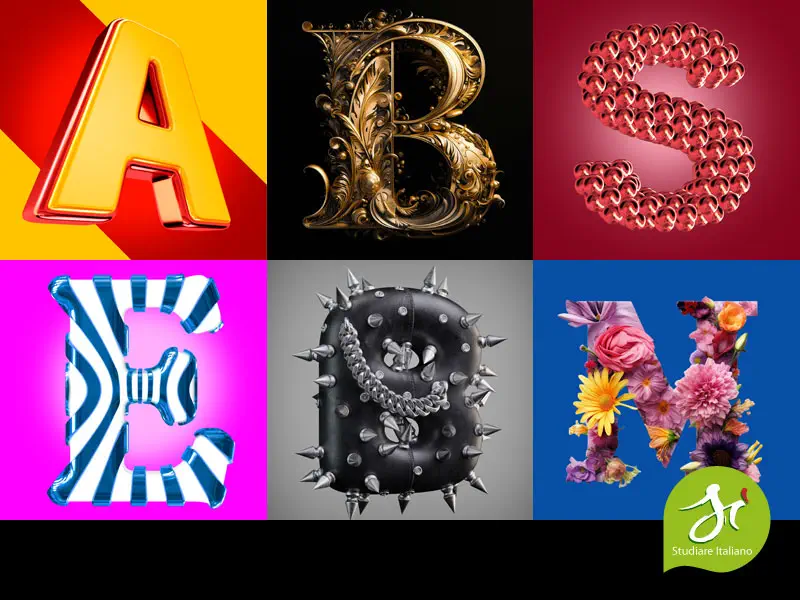When we read we activate a series of unconscious processes. If we make these processes explicit, so that we are conscious of them, we can use them to help us navigate the process of reading. This will enable us to gain a better understand of the text we are looking at.
So what happens in our minds when we read? And how can we immerse ourselves in a text as a way of gaining a richer understanding?
THE MORE WE READ; THE LESS WE READ
Each time we are faced with a series of sentences we unconsciously activate a mechanism that helps us anticipate what the following words of the sentence may be. In short, we hypothesize what words come next in the text. From sentence to sentence, from word to word, we confirm or refute what we were expecting to read. This process is called Expectancy Grammar. This is a common process positively fueled by reading itself.
So the more we read, the less we “read”. The more we read, the more familiar we become with different types of text, the more we are able to anticipate what the coming text will say. Let’s do an example:
“Yesterday my friends and I went to see Spielberg’s new movie. It was wonderful! When we left the theatre, it was so cold that we immediately hunkered down….” STOP.
What we you thinking about? How might this sentence continue? What are your guesses? Perhaps thoughts like “…in a bar that’s right by the cinema”…”at Luca’s house around the corner,”…at a cozy restaurant that we know well.”
Ideas that might be “in line with the text” that we just read shape quickly and automatically in our minds. What do we mean when we say “being in line”? We mean several things
CULTURE AND LANGUAGE GO HAND IN HAND
Our anticipation occurs on the basis of our knowledge of the world; our life experiences. It is a culmination of our cultural, social, familial, emotional, educational and professional experiences. That is why it is important to expose ourselves to authentic texts (newspapers, messages, recipes, novels, etc.) that will allow the Italian culture to emerge. As we deepen our understanding of the “Italian world” it will help us be more comfortable in the text.
THE NUANCE OF GRAMMAR AND VOCABULARY
The second tool we use is a more subtle mechanism. Each sentence has a morphosyntactic structure, meaning its grammatical composition and the definition each word carries. Sentence structure and vocabulary usage can carry both an explicit and implicit message. As we acquire vocabulary we learn that each word can have various layers of meaning.
Recognizing that as new learners of a language we will have a limited vocabulary and that we will encounter words we do not know. But we can infer the meaning of a term or expression from the context of the sentence. It is important that we try to do so when we do not know or remember the meaning of a term. At the same time we will work to expand our lexical map in order to be able to come to understand nuances, irony, and implicit content.
Let us keep in mind a guideline that can serve as a compass so that our study of the Italian language will represent a formative and rewarding experience.
Day after day, I will immerse myself in authentic texts that expose me to the Italian world. Allowing me to build skills in a process of continuous discovery.



